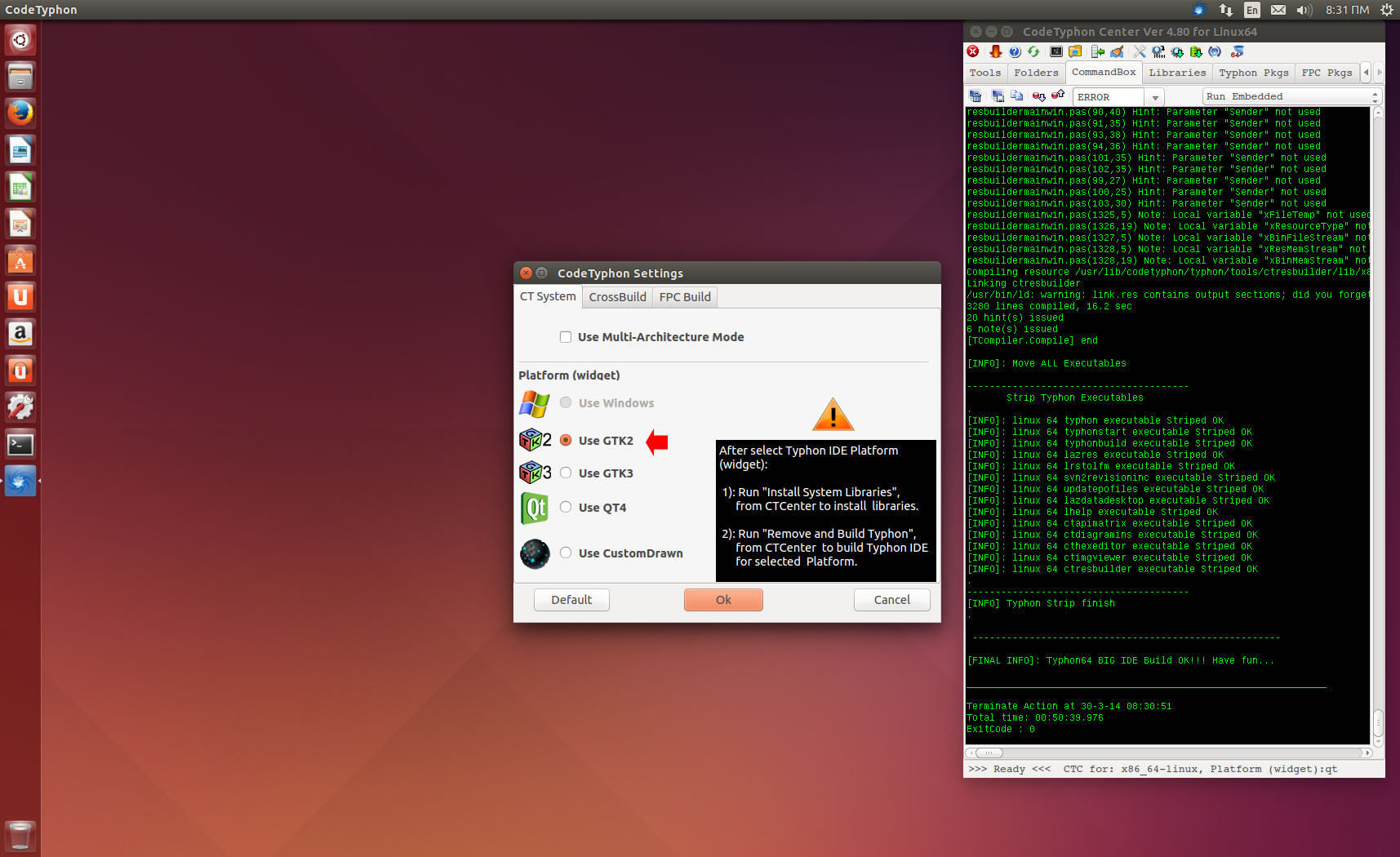
Afterward, save and exit by typing :wq and then hitting Enter
REINSTALL PHPMYADMIN UBUNTU 14.04 CODE
Insert the code below into the file between the tags.

You can add a layer of security to your PhpMyAdmin installation to prevent any unwanted guests.
REINSTALL PHPMYADMIN UBUNTU 14.04 SOFTWARE
Like all applications and software that are popular, they expose points to exploit. For example īy default, the username is PhpMyAdmin and the password will be the one set in the very last screen of Step 2. Verify that PhpMyAdmin is working by visiting the_IP_of_your_server/PhpMyAdmin. Restart Apache 2 with the following command: Then exit and save the file with the command :wq. Step 3: Finish the Configuration of Apacheįor a refresher on editing files with vim see: New User Tutorial: Overview of the Vim Text EditorĪdd the following to the bottom of the file:

In this third screen enter your administrative password this is also the MySQL root (admin) user password, hit enter to continue.įinally, at the fourth screen set the password you’ll use to log into PhpMyAdmin, hit enter to continue, and confirm your password. Then it’s a matter of just running one command for installation via apt-get:Īs the installation runs you’ll be asked a few simple questions regarding the basic configuration of PhpMyAdmin.Īt the first screen, select apache2 by using the space bar, then hit enter to continue.Īt the second screen, which asks “configure the database for PhpMyAdmin with dbconfig-common?”, select Yes, then hit enter to continue. If you’re working from a Liquid Web Core Managed Ubuntu 14.04 LTS server as I am, then the LAMP stack is already installed!įirst, you’ll follow a simple best practice: ensuring the list of available packages is up to date before installing anything new.

In addition to offering the capability to perform administration tasks such as creating, editing, or deleting databases, and managing users and permissions, PhpMyAdmin provides a graphical user interface to do these tasks and more. PhpMyAdmin is an open-source tool used for the administration of MySQL.


 0 kommentar(er)
0 kommentar(er)
